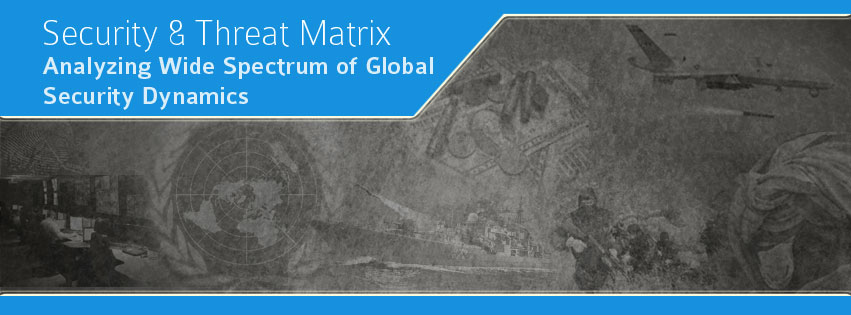By Shahzad Masood Roomi
Pakistan is often sighted by many western analysts as potential source of supply of nuclear material for international nuclear terrorism. India has used these fear for her own geopolitical reasons. For instance, in May 2015, India "warns" the world that ISIS could obtain nuclear weapon from Pakistan.
Defence Minister Rao Inderjit Singh, while speaking on the sidelines of the Shangri-La regional security conference in Singapore, claimed "With the rise of Isis in West Asia, one is afraid to an extent that
perhaps they might get access to a nuclear arsenal from states like
Pakistan."
To corroborate his claim he just had a statement issued by ISIS last year just days before Rao's speech in Singapore. Despite the lack of any proof, the statement of Indian minister got attention of wider western populace. But today, UK based news service, The Guardian, has exposed chilling details about ISIS's original plan to acquire nuclear material (for possible purpose of making a dirty bomb) and according to the news, ISIS is actually eying Germany for acquisition of nuclear material.
According to the Guardian, Salah Abdeslam, a prime suspect in the Paris attacks, possessed documents about a nuclear research centre in Germany. The news outlet cited German newspaper reports as source of this disclosure.
The Juelich centre near the Belgium-Germany border is used for the
storage of atomic waste. Thoguh German media is trying to downplaying the incident by saying "that there was no
indication of any danger and that Juelich was in contact with security
authorities and nuclear supervisors." But question remains, how an ISIS fighter was able to get its hands on such information.
As per Guardian's report, German media, however, confirmed that Abdeslam had photos of the Juelich chairman, Wolfgang Marquardt, in his apartment in the Molenbeek area of Brussels. This is serious development. Kidnapping of such officials at any nuclear facility could lead to far serious security dilemma. This revelations must also put the entire debate on nuclear security into a completely new perspective based on objectivity and transparency rather than geopolitical maneuvering by any nation state against anyone.













